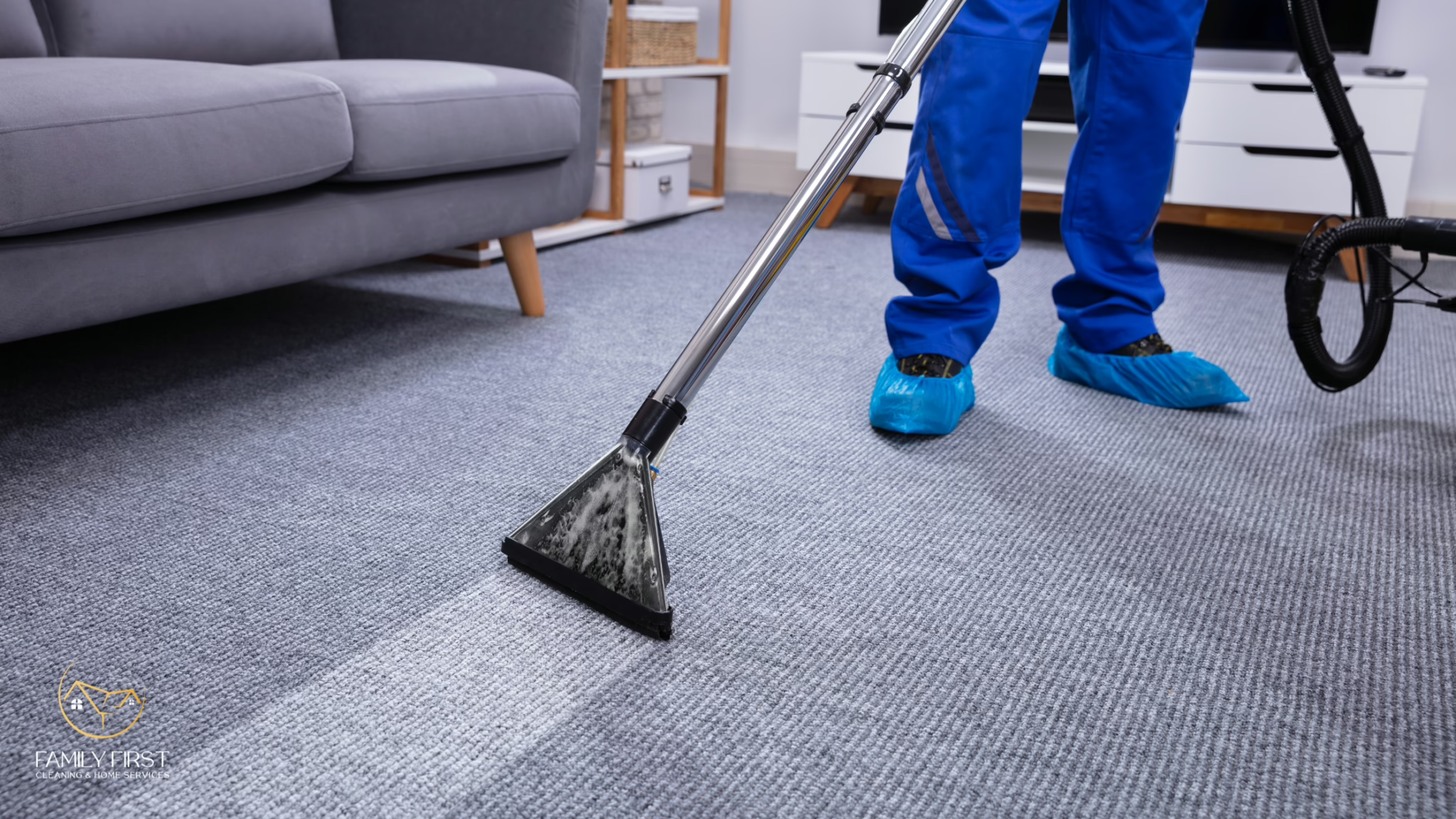White mold—it sounds harmless, even delicate, but don’t be fooled. This sneaky intruder can cause damage to your home and potentially harm your health. Whether it’s creeping along your walls, furniture, or basement floors, white mold is not a houseguest you want to tolerate. Fear not! With the right approach, you can tackle this moldy menace and reclaim your space. Let’s dive into how to get rid of white mold and keep it from making an unwelcome comeback.
What Is White Mold and Why Should You Care?
White mold is a type of fungus that thrives in damp, humid environments. Unlike black mold, it often appears powdery or fluffy, making it easy to mistake for harmless dust or mildew. But white mold can damage wood, drywall, carpets, and even your health if left untreated.
Here’s the deal: white mold is persistent. It spreads through spores, which can quickly colonize new areas of your home. From respiratory problems to allergies, prolonged exposure can cause issues for you and your family. That’s why knowing how to get rid of white mold is essential for maintaining a healthy and safe home environment.
Your Step-by-Step Guide to Getting Rid of White Mold
Step 1: Gear Up for Safety
Before you confront white mold, protect yourself. Mold spores can irritate your skin, lungs, and eyes, so preparation is key:
- Wear gloves, safety goggles, and an N95 mask.
- Cover your arms and legs to avoid direct skin contact.
- Ventilate the area by opening windows and doors or using fans.
Think of this as suiting up for battle—you wouldn’t face a dragon unarmed, would you?
Step 2: Identify the Source of Moisture
White mold doesn’t show up for no reason. It thrives in areas with high humidity or moisture, so locating and fixing the source is critical.
- Common Culprits: Leaking pipes, unsealed windows, or poor ventilation.
- Solution: Repair leaks, use a dehumidifier, and improve airflow in your home.
Addressing the root cause ensures the mold doesn’t return after you’ve cleaned it up.
Step 3: Assess the Damage
Not all mold infestations are created equal. The size of the affected area and the type of surface it’s on determine your next steps:
- Small Areas (<10 sq. ft.): You can handle this yourself with household cleaning supplies.
- Large Areas or Porous Surfaces: If mold has seeped into drywall, insulation, or carpet, it’s time to call in professionals like Family First.
Step 4: Remove the Mold
Now for the main event: banishing the mold. Use the right cleaning methods for each surface to ensure effective removal.
For Non-Porous Surfaces (e.g., tile, glass):
- Mix equal parts white vinegar and water in a spray bottle.
- Spray the affected area and let it sit for 15 minutes.
- Scrub with a sponge or brush, rinse with water, and dry thoroughly.
For Porous Surfaces (e.g., wood, drywall):
- Combine one teaspoon of baking soda with two cups of water in a spray bottle.
- Spray the solution onto the mold and scrub gently.
- Wipe away residue with a damp cloth and repeat if necessary.
- For stubborn mold, use a commercial mold cleaner designed for porous materials.
For Fabrics and Upholstery:
- Take smaller items outside to prevent spores from spreading indoors.
- Wash washable fabrics in hot water with detergent.
- For non-washable items, use a diluted vinegar spray and blot the area with a clean cloth.
Pro Tip: Dispose of any heavily mold-infested materials that can’t be salvaged, like old rugs or cardboard boxes.
Step 5: Disinfect and Dry the Area
Cleaning removes visible mold, but disinfecting ensures you kill lingering spores:
- Use a bleach solution (1 cup of bleach to 1 gallon of water) for non-porous surfaces.
- Allow the solution to sit for 10 minutes before rinsing and drying.
Mold loves moisture, so drying the area is non-negotiable. Use fans, dehumidifiers, or simply let the sunshine in to speed up the process.
Preventing White Mold from Returning
Now that your home is mold-free, let’s keep it that way. Prevention is easier (and cheaper) than dealing with a repeat infestation.
- Control Humidity: Keep humidity levels below 50% with a dehumidifier or air conditioner.
- Fix Leaks Promptly: Don’t ignore drippy pipes or leaky roofs.
- Improve Ventilation: Use exhaust fans in bathrooms and kitchens.
- Inspect Regularly: Check basements, attics, and crawl spaces for signs of moisture.
As they say, an ounce of prevention is worth a pound of cure—or in this case, a bucket of cleaning supplies.
Why Choose Professionals Like Family First?
For larger infestations or persistent mold problems, professional cleaning services like Family First are your best bet. Our experts don’t just clean; they address the underlying causes to ensure your home stays mold-free for good. Plus, we use safe, eco-friendly products to protect your family and the environment.
Reclaim Your Home Today
White mold may be stubborn, but with the right approach, you can defeat it and keep it from returning. Whether it’s fixing moisture issues, cleaning thoroughly, or preventing future growth, taking these steps ensures your home remains a safe and healthy haven.
And if you’re dealing with a tough mold problem or simply want expert help, Family First is here to make your life easier. Learn more about our services and book your professional cleaning with the trusted house cleaners in Aurora, CO. Let us handle the hard work so you can enjoy a mold-free home without the stress!




